How does a restaurant show off its charity? | ExcerptToday's headlines

"Showing public welfare" is based on caring for disadvantaged groups, human survival and development, and social progress, with the help of various public welfare marketing methods, including providing tangible property, intangible labor services, or making meaningful contributions to society, etc., to interact with consumers Communication is a marketing behavior that not only produces social welfare effects, but also enables consumers to have a preference for restaurant products or services, thereby enhancing brand awareness and reputation.
As an important part of society, catering companies need to take the responsibility of giving back to the society while obtaining commercial profits. “Public welfare” is an important means for catering companies to give back to the society, and it is also recognized as the most acceptable marketing method by users and society.
After all, doing charity in the name of "love" can arouse the sympathy and sense of justice in the hearts of consumers. Even if there is some flavor of "commercial hype" in the process, under the cover of "public welfare", everything All become understandable. Therefore, it is not difficult to understand why various large and small catering brands, such as Walnut, Hey Tea, Supreme Pizza, KFC, etc., are keen on "showing public welfare".
ONE
Leveraging on large-scale disasters for public welfare
Under the 2020 Spring Festival epidemic, the catering industry has suffered an unprecedented impact. Chain catering companies such as Xibei, Haidilao, Grandma's, Walaida, and Hutaoli have all suffered huge losses, ranging from tens of millions to hundreds of millions of discounts. According to preliminary estimates, the catering and retail industry suffered a loss of nearly 500 billion yuan in just seven days of the Spring Festival.
On the one hand, we have seen that big brands are in a hurry, all parties seek support and actively carry out self-rescue actions; on the other hand, in the face of national disasters, a number of "Chinese gourmet companies" have also emerged in the catering industry, similar to Xicha, Brands such as Lao Xiang Ji, Hu Tao Li, Fulaida, Supreme Pizza, etc. carried out various forms of public welfare assistance.
1. Hey Tea donated 1 million in the first time to support the fight against epidemic prevention and control
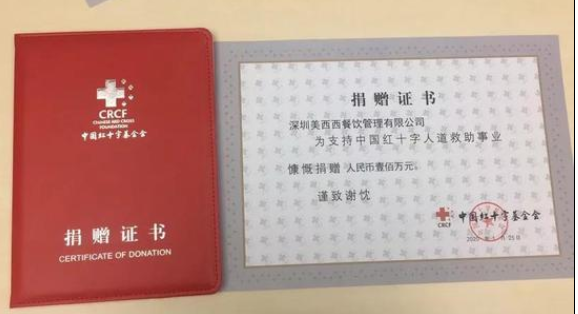
On January 25, Hey Tea told the media that Hey Tea has urgently donated 1 million yuan to the China Red Cross Foundation. The donation will be specifically used to support the fight against new coronavirus infections in accordance with the needs of epidemic prevention and control and front-line medical personnel. Prevention and control of pneumonia.
It is understood that in order to actively meet the needs of urban epidemic prevention, the store of Hey Tea in Wuhan has been temporarily closed; for other stores across the country, Hey Tea will continue to focus on food safety and hygiene, and further strengthen employee health and hygiene operations. Management and tracking, mobilizing the national team to do preventive work; uniformly arrange for employees to wear disposable medical masks in stores, spray and wipe work clothes and store facilities with disinfectant spray; provide customers with disposable hand sanitizer in the store, and establish employees at the same time The health prevention and early warning mechanism ensures that all employees have health traceability records, and positive measures are taken to protect the health and safety of customers and employees. In addition, if the employees of Heycha store feel unwell, they can apply for leave for medical treatment. Heycha will follow up in time and provide adequate help and support.

The news about Heytea donating 1 million yuan broke out on the official website of the China Red Cross Foundation on January 25, 2019. Newspapers and online media across the country have followed up and reported, and various microblogs, WeChat and other self-media have also taken this Divergence. As of the date of publication, the editor searched for the keyword "Hey Tea Donation 100", and more than 2500 related information appeared.
From a marketing perspective, the 1 million donation of Hey Tea has already been earned back in marketing communications, and its value far exceeds this 1 million. And by leveraging public welfare, the brand's reputation has been greatly improved. This wave of public welfare measures of Hey Tea is not only commendable, but also worthy of learning from catering people.
2. Yum China donated 3 million KFC to deliver meals to Wuhan Hospital for free
On January 24, KFC China’s parent company Yum China donated 3 million yuan to the China Red Cross Foundation to help and rescue “medical workers participating in the fight against the epidemic in Wuhan” to jointly fight the pneumonia epidemic caused by the new coronavirus.
At the same time, Wuhan KFC will provide free meals for medical staff of Wuhan Fourth Hospital, Wuhan University Zhongnan Hospital, and Wuhan Wuchang Hospital from the 27th. From the 28th, Tongji Hospital Affiliated to Tongji Medical College of Huazhong University of Science and Technology will be added. A total of about 730 servings for breakfast, lunch and dinner are served daily. Wuhan Pizza Hut Restaurant will provide free loving meals to medical staff of Wuhan Sixth Hospital, Wuhan Seventh Hospital and Hanyang Hospital from the 27th, totaling approximately 510 meals per day.
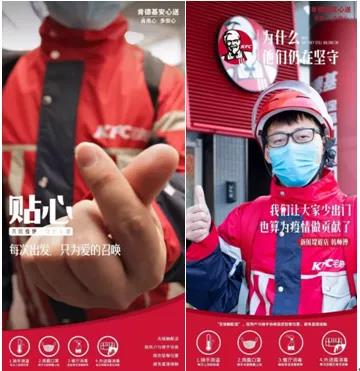
Leveraging on this wave of public welfare activities, KFC used a series of posters and copywriting to express the value of "KFC with peace of mind-willing to be more at ease", and with the help of online media, Weibo, WeChat and other media, to carry out a large scale Spread. As of the date of publication, the editor searched for keywords such as "Yumson donated 3 million" and more than 17,000 pieces of information appeared. It is estimated that there are more than 100 media outlets.
3. Hutaoli uses good voice to support Wuhan Douyin live benefit concert
During the epidemic, the Hutaoli Music Tavern supported Wuhan's epidemic prevention operations in various forms. The Hutaoli Yiyang branch sent 15,000 disposable medical masks to the Heshan Public Security Bureau, and the Hutaoli Shaanxi Baoji branch and Heilongjiang Daqing branch sent love meals to local checkpoints for several days...
On February 14, Hu Taoli once again united with the Shenzhen Charity Association to connect with the artist partners stranded in Wuhan to start a live vibrato live charity show on Valentine's Day. It is understood that Hutaoli organized more than ten celebrity artists under its umbrella, and invited popular Douyin artists such as Zheng Meili, Hamina Lisa, and a group of chefs to cheer for Wuhan online. The income from the live broadcast will be sent to Wuhan through the Shenzhen Charity Association. Targeted donation.
It is understood that the Douyin live broadcast event only took 10 minutes, and the number of people online in the live broadcast room exceeded 4,000, with the highest number of simultaneous online users being 14,000, and a total of 306,821 yuan was raised. This series of public welfare activities in Walnut, not only provides down-to-earth meals, masks, and supplies, but also a live charity show that fully utilizes the brand's "musical attributes". It can be described as the most dazzling charity show in the epidemic. .
TWO
Implant charity into restaurant operations
There is a well-known pizzeria in Philadelphia, the "Rosa Pizza Shop". The owner, Waterman, is very caring. He hopes to do his best to help people in need, so he always “donates” a portion of the pizza in his shop to homeless people or people who are shy in his pocket. However, he also hopes that more people will participate in this charity charity activity with him, and at the same time solve the problem of losses in the store due to year-round donations. As a result, a "pizza delivery plan" came into being, and because of this charity event, "Rossa Pizza" became a famous store in Philadelphia.
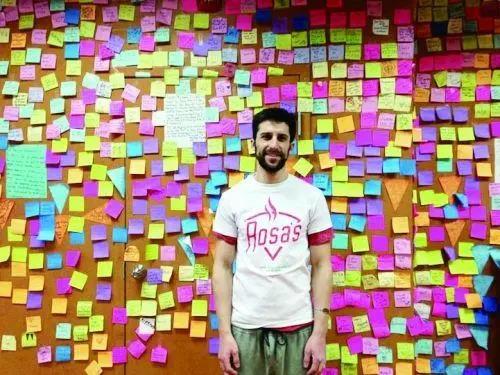
In 2014, Rosa Pizzeria launched the first charity event "Pizza Delivery Plan". The specific content of the charity plan is: Customers who come to Rosa Pizzeria can spend an extra $1 to reserve a piece of pizza for those in need. In addition, the owner wrote the "origin" of each piece of love pizza on a post-it note and posted it on the storefront wall, and waited for someone to pick it up, and then added its "where to go". In this way, a piece of pizza has completed the "love travel", and the charity plan has become more transparent, so that consumers can believe in and participate in charity activities.
After Rosa’s pizzeria’s charitable deeds were passed on from one to ten, more and more people came to the store and said that they wanted to help the homeless. In fact, one dollar is not enough to buy a piece of pizza. Not only has the business of the pizzeria not been losing money due to generosity, but the customers are making a lot of money. In January of this year, Waterman also appeared on the famous American talk show "Allen Show." After the show was broadcast, the pizzeria received another $10,000 sponsorship from a caring person to provide free pizza for homeless people.
Relying on the basic profit of high passenger flow, Rosa's Pizza not only broke the loss dilemma in charity charity, but also achieved higher profits with the help of this charity charity event. It also imprinted the image of love for the pizzeria. , To enhance the brand's popularity and reputation.
The “donation” used by Rosa’s Pizza is one of the most common forms of public welfare activities, but the old saying goes, “Teaching people to fish is worse than teaching people to fish”. In the face of disadvantaged groups who need help, in addition to donating property, giving them good employment opportunities and platforms is also a good way to implement public welfare. Based on this, Liu Yishouxin Hotpot Restaurant started public welfare.
In 2012, Liu Song, the founder of Liu Yishouxin Hotpot, created a catering brand for the disabled—"Liu Yishouxin Hotpot", which aims to help people with disabilities get out of their predicament and help them start businesses. Since its opening, it has been announced to the public that it has hired deaf-mute people as waiters and provided skill training and employment arrangements for them.
In the Liuyishouxin hot pot restaurant, each table is equipped with a sensor pager. If dining customers have service needs, they can contact the "angel" waiter with a sensor watch in the store by pressing the sensor. . In addition, customers can also choose to raise the love card on the table (as shown in Figure 6-36) to call the passing attendants. During the service process, the "angel" waiters will use the pens and notebooks they carry with them to communicate with customers.
As we all know, compared with other catering formats, hot pot has relatively simplified ordering and service processes, which is more in line with the ability of the deaf and mute, and also reduces the error rate of service and reduces possible friction with customers.
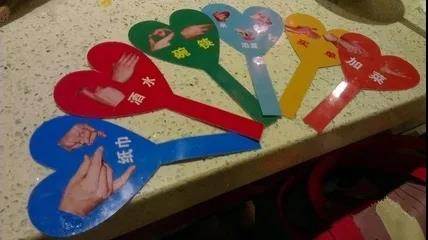
According to the introduction of Liu Yishouxin Hotpot, the "angel" waiters are very enthusiastic about their work. Compared with ordinary waiters, their team is more cohesive, more proactive in their work, and more eager to be recognized, so the quality of service will follow. Promote.
As soon as this new form of public welfare was launched, it was recognized and supported by many consumers. The relevant media also made a large report on this charity act. The popularity and reputation of Liu Yishouxin hot pot has also rapidly increased. Only two years after the establishment of Liu Yishouxin Hotpot, it has expanded dozens of stores across the country, covering Beijing, Shanghai, Chongqing, Shenzhen, Xinjiang, Hefei and other places, and has nearly 1,000 disabled deaf-mute employees.
THREE
Three forms and key points of show public welfare
In the matter of "public welfare", most catering companies only stay at the level of "doing", but ignore the value of "show". They do not have this awareness: using the media to promote public welfare activities will allow consumers , The media, and industry professionals know that catering companies are practicing the concept of "public welfare" to maximize the value of "public welfare". They are more silently doing various public welfare activities, but the outside world knows little about it.
Through the above "show public welfare" case, we can roughly summarize the following key points:
1. Three common forms of charity show
(1) Caring for vulnerable groups: Special help and support are provided to vulnerable groups in need of help in society, similar to the care given to deaf and mute people by "Liu Yishouxin Hotpot", and "Rosha Pizza Restaurant" for the vagrant people. Gratuitous help, etc.
(2) Volunteer activities: It is usually manifested as organizing enterprise employees to act as "volunteer volunteers" and contribute labor for a certain public welfare activity for free. In this regard, at the beginning of the establishment of the restaurant brand, a team of "loving volunteers" can be formed to regularly do some public welfare activities such as "sweeping the road" and "picking up trash" around the restaurant every week. Each volunteer wears a belt. Clothing with brand logos and slogans is virtually another brand implantation that makes surrounding consumers irresistible.
For example, on April 22, 2017, during the public welfare campaign of the 17th "Hundred Kilometers Hike on Mills" in Shenzhen, a catering company called "Laowanhui" set up food supply stations and led senior executives to pick up garbage. Actions make the brand famous all of a sudden. In addition, with the help of new media, the restaurant company successfully linked the Shenzhen Travellers community and exploded the Travellers circle of friends. The limelight even overshadowed some event sponsors. The charity action of "leading executives to collect trash collectively" also appeared on Baidu's hot search. List.
(3) Charitable donations: Generally, charitable donations are divided into three categories, namely title donations, sales donations, and award donations. Among them, "title donations" are more inclined to various large-scale donation activities, such as the 2008 Wenchuan earthquake, the 2015 Tianjin explosion and other large-scale disasters. The official charity organization initiated large-scale donation activities, and catering brands can use this to conduct charity marketing.
Sales donation refers to a certain product/service launched by a company and donates according to the sales volume. For example, a restaurant cooperates with a charitable foundation to target the restaurant’s new signature dish "Reservoir Fish Head", which is priced at 99 yuan per piece, and promises that every time a restaurant sells a reservoir fish head, it will be left behind in the “poor remote mountainous area”. "Children" donated 8.8 yuan.
Award-type donations are usually set by companies for certain awards. This award is mainly used to encourage people who have made major contributions in a certain area or need help in a certain area, similar to the "Nobel Prize", the "Contradictory Literature Award", and Starbucks' " Tribal Children’s Education Program" etc. In this regard, the restaurant can also choose to cooperate with universities and set up an award named after the brand, specifically to encourage poor students who enter the university every year, as a gimmick for charity shows.
2. Three key points to show public welfare
(1) The principle of relevance: the public welfare activities planned by the restaurant should be consistent with the company's brand and values, so that the "public welfare show" becomes a carrier for spreading brand culture.
(2) Long-term principle: According to the survey, when a company has been engaged in public welfare undertakings, 87.5% of consumers said they would have a better evaluation of the company's behavior. Therefore, restaurants should use "show charity" as a long-term marketing tool, rather than on a whim, just do it once and not do it.
(3) The principle of timeliness: timely "public welfare show" is easy to get rid of the suspicion of "hype". When major natural disasters such as earthquakes and floods occur in society, restaurant companies may wish to intervene in a timely manner based on actual conditions to meet the expectations of the public for restaurants on the one hand, and on the other hand, to elevate the restaurant’s brand image and give a reasonable brand marketing strategy. reason.
免责声明:1.餐饮界遵循行业规范,转载的稿件都会明确标注作者和来源;2.餐饮界的原创文章,请转载时务必注明文章作者和"来源:餐饮界www.canyinj.com",不尊重原创的行为餐饮界或将追究责任;3.投稿请加小编微信toutiaoxiansheng或QQ1499596415。4.餐饮界提供的资料部分来源网络,仅供用户免费查阅,但我们无法确保信息的完整性、即时性和有效性,若网站在使用过程中产生的侵权、延误、不准确、错误和遗漏等问题,请及时联系处理,我们不承担任何责任。
 扫码关注餐饮界微信号
扫码关注餐饮界微信号
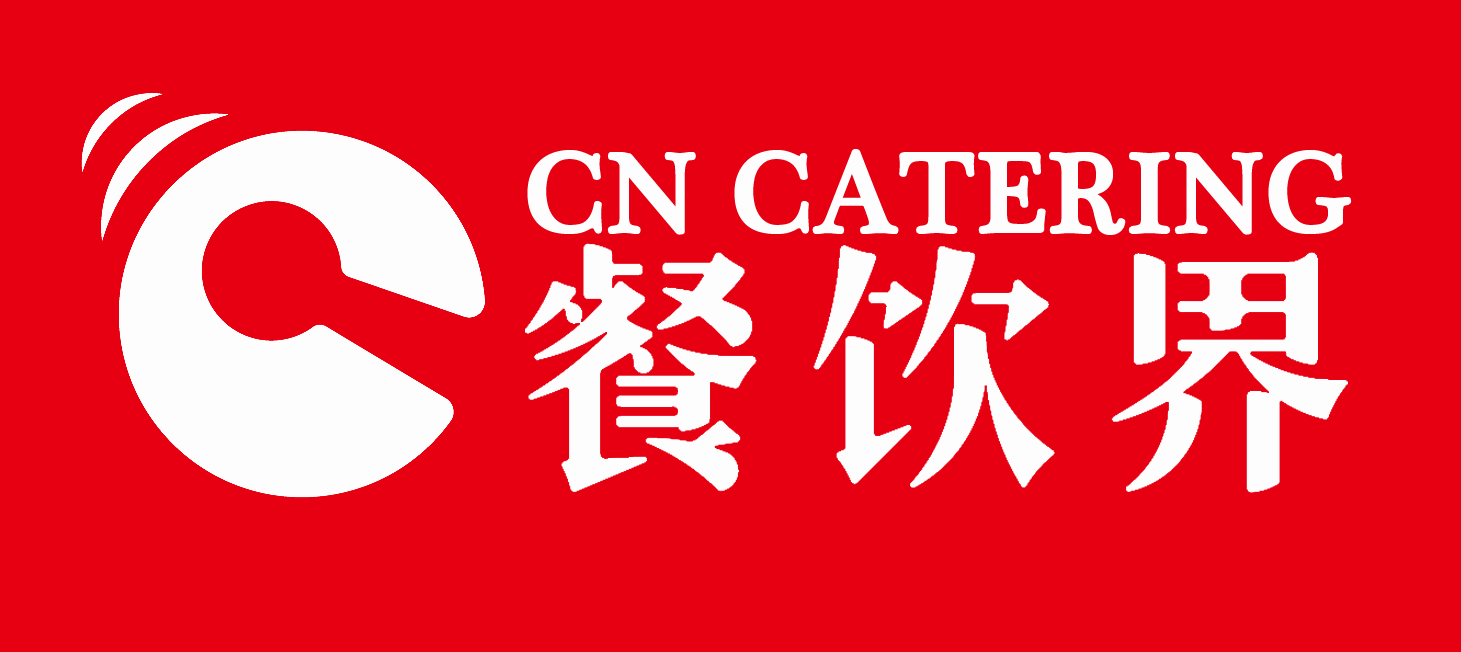

 Media
Media


